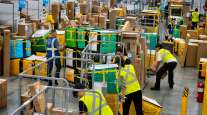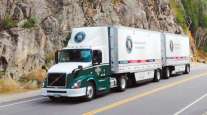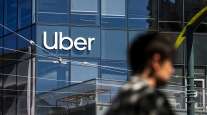Uber Beats Expectations as Rideshare Demand Remains Strong
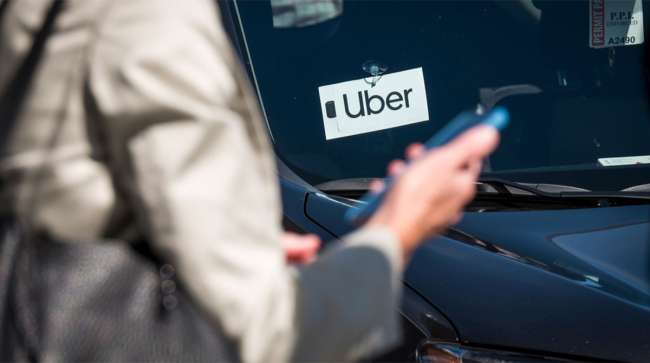
[Stay on top of transportation news: Get TTNews in your inbox.]
Uber Technologies Inc. reported better-than-expected orders in the second quarter, underscoring the continued strength in demand for rideshare and delivery services.
Gross bookings, which includes ride hails, delivery orders and driver and merchant earnings but not tips, grew 19% to $39.95 billion in the three months ended June 30, Uber said in a statement on Aug. 6. Analysts forecast $39.7 billion, according to Bloomberg-compiled estimates.
Shares of Uber jumped as much as 7.3% after trading opened in New York before paring back to 4.7%. Uber’s results also spurred a rally for rival Lyft Inc., whose stock rose as much as 3.8% before also retreating.
Gig-economy companies such as Uber and rival DoorDash Inc. have been bright spots during an otherwise grim week for the stock market after investors considered weak job numbers in the U.S. and misses in Big Tech earnings. Both companies said their healthy bookings indicated inflation wasn’t stopping consumers from spending on deliveries.
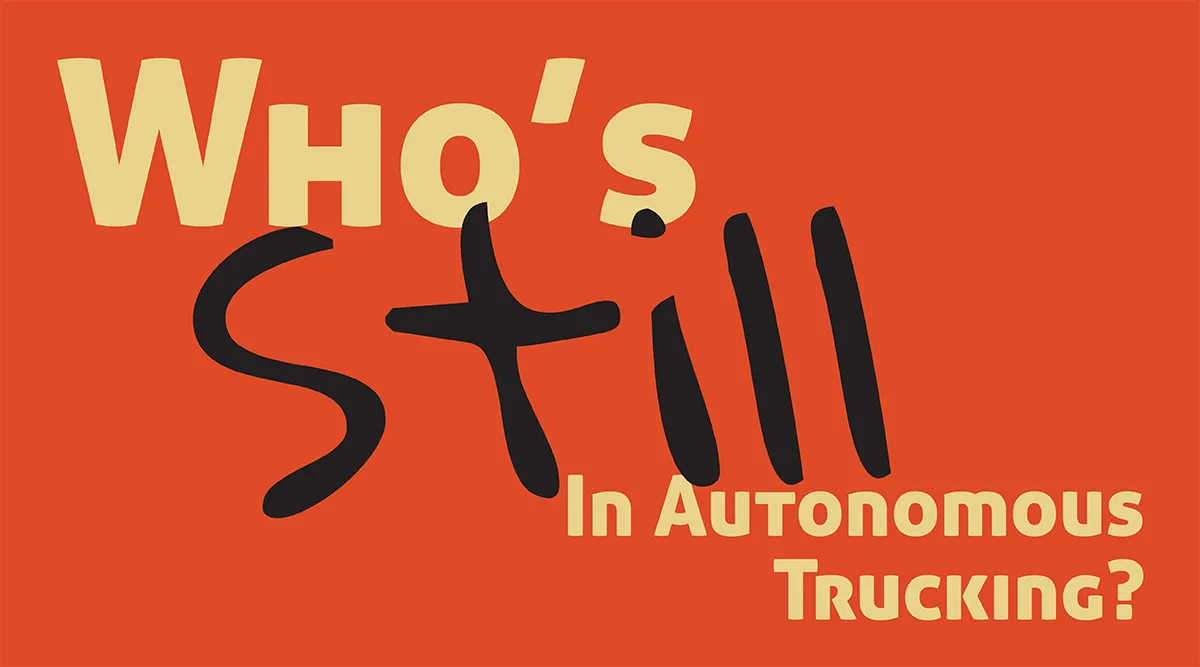
►Who's Still In Autonomous Trucking?
►Clevenger: Autonomous Trucking: A Rapidly Shifting Landscape
►Company snapshots: Aurora | Kodiak | Torc | Waabi | Stack AV | Gatik | Plus | Einride | Forterra | Outrider
►From November 2022: Who's Who in Self-Driving Truck Development
“While our consumers tend to be higher income, we’re not seeing any softness or trading down across any income cohort,” CEO Dara Khosrowshahi said on an earnings call with analysts.
The strength in Uber’s results was driven by better-than-expected growth in its ride-hailing business, particularly in Latin America and the Asia Pacific region. Gross bookings in the mobility, or rideshare, division jumped 23% to $20.6 billion in the second quarter, as users took more trips and drivers spent more time on the app compared with a year ago. The platform had 7.4 million monthly drivers and couriers in the period, while ride-hailing hours per driver reached an all-time high, Khosrowshahi said.
Although the company’s freight bookings continued to shrink, the 0.5% drop represented a much gentler decline than in quarters past. Apart from Uber, the broader industry is still seeing weaker shipments after pandemic-related disruptions.
In its press materials and supplemental presentation slides, Uber also prominently highlighted that autonomous vehicle ridership in the quarter was six times more than a year ago. That’s thanks to 10 partnerships including with Alphabet Inc.’s Waymo for rideshare and food delivery in Phoenix, as well as with startup Waabi for freight services. That news may offer some relief to investors who have voiced concerns over Uber’s long-term potential following Tesla Inc.’s announcement of a robotaxi unveiling in October.

Khosrowshahi
Khosrowshahi said he expects there will be many autonomous vehicle providers and is “highly confident” that Uber can work with many of them as partners in the coming weeks and months.
Uber’s adjusted earnings before interest, taxes, depreciation and amortization were $1.57 billion, ahead of the $1.5 billion that Wall Street was projecting. And quarterly operating profit on a generally accepted accounting principles basis hit a record, the company said.
For the current quarter, it forecast bookings of $40.25 billion to $41.75 billion, the midpoint of which lands slightly below the $41.3 billion analysts were expecting. The company pointed to a more than $400 million expected headwind from a recent strengthening of the dollar against other currencies.
Its delivery business also benefited from robust demand, with bookings rising 16% to $18.1 billion, right in line with Wall Street estimates. Uber’s results echo DoorDash, which exceeded analyst expectations last week after reporting more than 19% growth in gross order value in the second quarter.
Uber has been pushing into new areas across both its mobility and delivery businesses. Over the past year, the company has added more transportation options to its platform in the U.S. and abroad including shuttles, lower-cost shared rides, and motorcycle taxis. It also has struck deals with new Uber Eats merchants, including Costco Wholesale Corp. and The Vitamin Shoppe, allowing it to arrange deliveries for things beyond restaurant orders. And in May, it partnered with the grocery-delivery app Instacart to embed its restaurant delivery interface into the Instacart app, allowing Uber to reach more customers, especially in the suburbs.
The average basket size of orders originating on Instacart is 20% larger than native Uber Eats orders, Khosrowshahi said, calling initial trends from the partnership “encouraging.”
Want more news? Listen to today's daily briefing above or go here for more info
Uber has also made progress in adding subscribers to its Uber One membership program by offering discounts to college students since May. The expansion of its user base and merchant availability has helped boost its nascent advertising business, enabling it to exceed its target of $1 billion revenue-run-rate during the period.
Uber Freight, a business unit of Uber Technologies Inc., ranks No. 13 on the Transport Topics Top 100 list of the largest logistics companies in North America.


